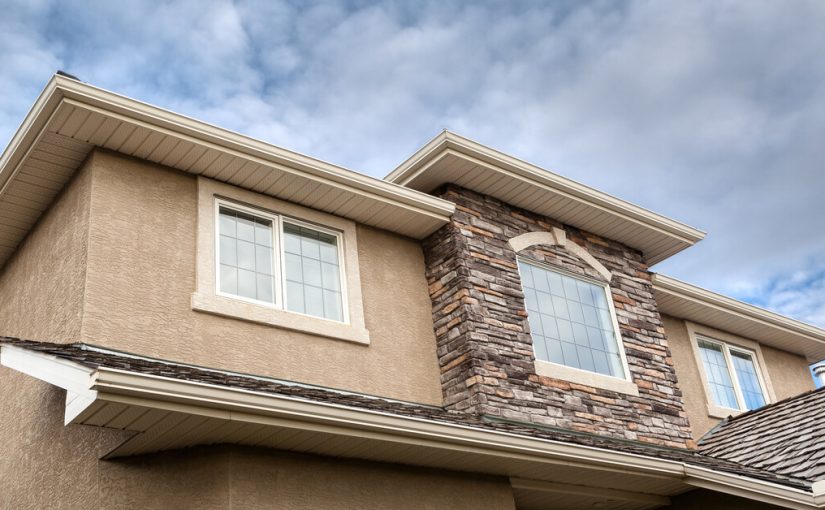
Stucco is a material made out of Portland sand, water, cement, limestone and additives that give it much more strength and flexibility. Stucco siding is a long – established siding option that is still popular today due to its timeless appeal and long-lasting durability. The material can be colored to any color you like for the exterior of your home, and design modifications are also conceivable. For additional information on other types of siding, go to our siding site, or continue reading to learn more about stucco.
Stucco’s Proven Durability and Adaptability
Stucco is a long-lasting material. While most stucco installers offer 15-to-20-year warranties, well managed stucco siding can outlast over 100 years. The outstanding condition of many stucco-sided buildings traced back to the 19th century or earlier is an evidence of this.
When properly maintained, stucco siding may be effective in almost any climate. However, because moisture can pass through stucco, it may cause moisture issues in the home’s frame in extremely humid locations. Water may sneak into cracks in the stucco in freezing climates, causing significant damage during freeze-thaw cycles.
Stucco siding has traditionally been the most common in the Southwest, where it is found on around 60% of homes. Stucco makes up around 23% of all siding in the United States.
Pros and Cons of Stucco Siding
Stucco siding advantages:
The use of stucco as siding has a number of benefits. It is very cost-effective, versatile and long lasting. With stucco, you have a lot of customization choices. It can be inlaid with pattern, smooth or rough. Add stones or other decorative elements as you want or dye the mixture to make it your own color. You may also select for an acrylic finish. Stucco is a low-cost, low-maintenance option; it is rot, insect resistant, and is cement-based resist.
- Provides a measure of insulation
- Any color and a variety of textures are available.
- Durability
- Low maintenance
- Outside noise is reduced.
- It’s possible to shape it into beautiful exterior accents.
- Weather, wind, and debris don’t seem to affect it.
- Fire and insect resistance
It is not, however, an ideal siding material.
Stucco siding disadvantages:
- For optimal performance and look, a skilled professional installation is required.
- As a house expands and shrinks in response to climate changes, settles, or is shaken by earthquakes, it may fracture.
Note: Although stucco can be painted, many experts advise against it since it absorbs moisture. When your home is painted, moisture from the outside might become trapped in the stucco, causing the paint to break or, worse, mold to grow in the framing.
Stucco advantages over other building materials:
• Durability (50-80 years) is better than vinyl siding (20-30), aluminum siding (20-30) and fiber cement (30-50)
- Resist insects, weather, and resist fire better than all but brick
- It requires less repair than wood or fiber cement.
- Stucco is less expensive than most wood, some vinyl, brick, aluminum siding and brick.
Stucco disadvantages compared to other building materials:
- Not as long-lasting (50-80 years) as brick (75+ years).
- Materials are more expensive than fiber cement, aluminum, and vinyl.


More Stories
4 Delightful Garden Design Ideas for Your Hospitality Business
Real Estate Investing Contracts on Toilet Paper
Web Design Facts – Following the Golden Rules of Website Design